![]()
|
|
|
|
|
|
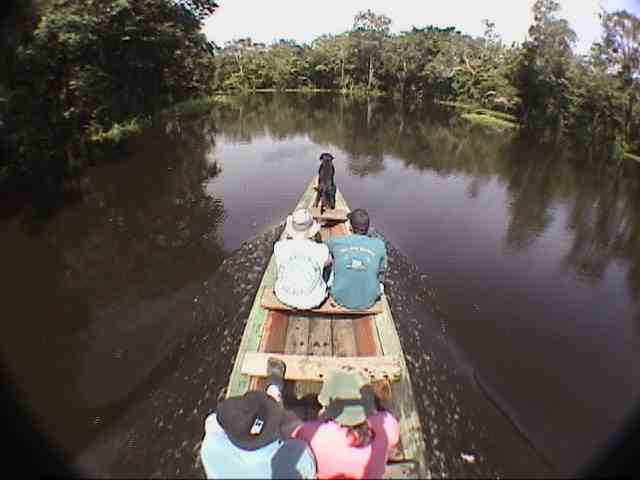
|
"Heading to the unknown.. " |
The Brazilian Amazonia is formed by the states of Acre, Amapá, Amazonia, Pará, Rondônia, Roraima, Tocantins and great part of the states of Maranhão and Mato Grosso.
The Amazonia, in general, includes seven million squared kilometers, a twentieth of the terrestrial surface and two fifths of South America. To have an idea, it represents 56% of the national territory. The whole Europe fits there, except for Russia.
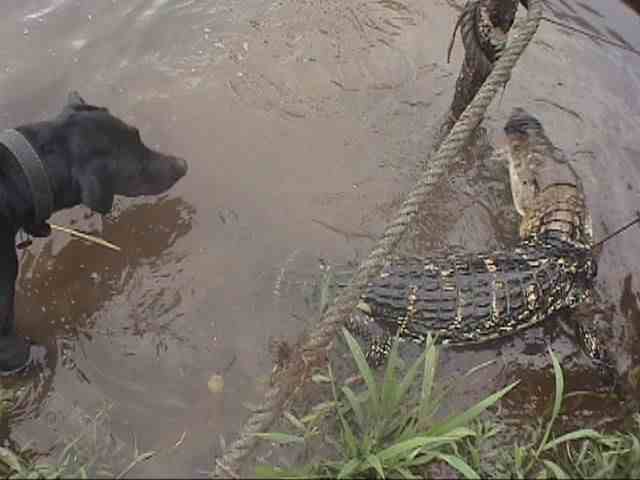
|
"Haven't we met in Pantanal? " |
It's retains a fifth of the fresh water of the globe, 1/3 of the forests, and includes 3 time zones and 2 hemispheres.
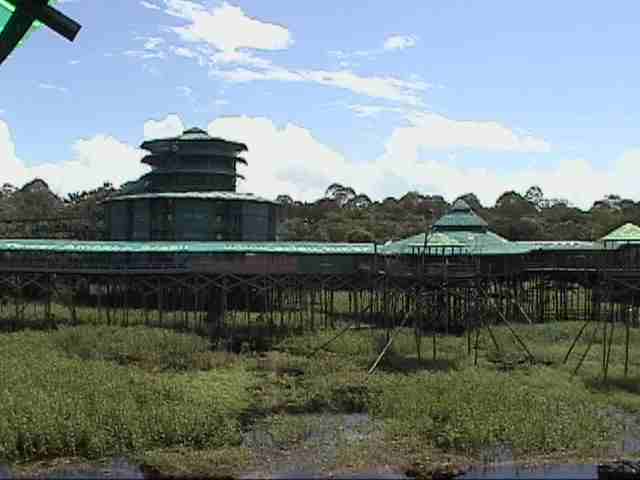
|
"Jungle Hotel. " |
Above all, it is good to remember that Amazonia possesses the largest genetic bank of the planet. The biopiracy happens when a foreigner leaves the country taking material picked here to research at his/her country. That is happening with a lot of frequency in the last years, but laws that regulated the remittance of biological material for the exterior had recently been elaborated.
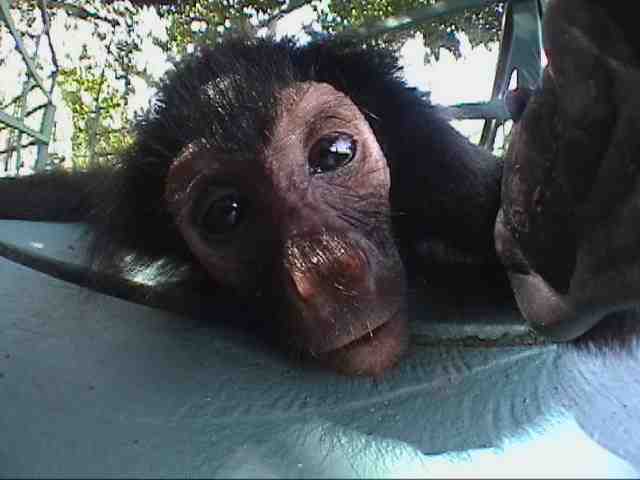
The climate is hot equatorial, strong humidity (100% of humidity), and the proliferation of tropical diseases is a big matter here. We can list some: leishmaniose, malaria, the yellow fever (that returned to Amazonia). In the whole area of Amazonia we also found hepatitis and dengue. It is necessary to remind that many other diseases are present in Amazonia, for instance the tuberculosis and the leprosy (hansen desease) in that Amazonia possesses the largest index of the world, after India.
It contains one fifth of the fresh water and the largest equatorial forest of the planet, it mixes rivers and jungle. The streams are its aquatic trails and they multiply in mazes, starting from the igapós (forests flooded six months a year).
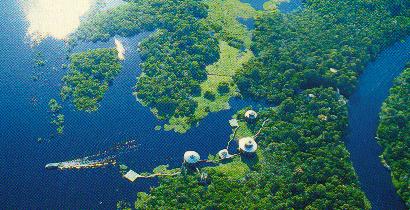
|
"Unique landscapes." |
High trees of fine trunks and aerial roots, thick lianas as branches, palm trees, profusion of orchids. Monkeys jump in the cedars, maçarandubas and itaúbas of 50 meters of height. In the waters, 2.000 species of fish. In the air, more than a thousand types of birds. Hawks in the dry branches. In the total, 1,5 million alive species, the largest diversity of the earth.
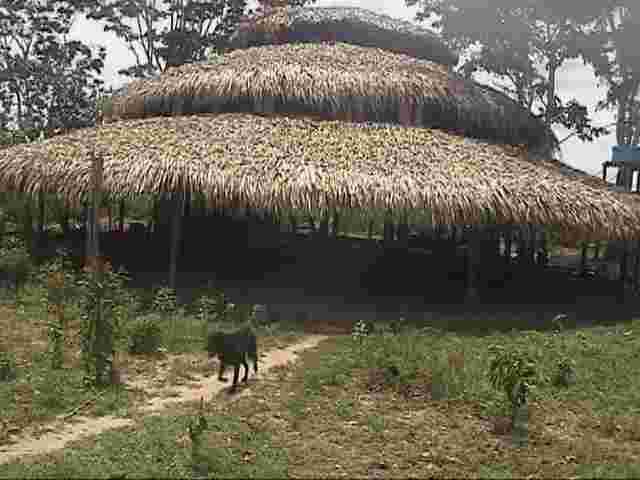
|
"It is good to sleep at huts in the middle of the jungle." |
Indigenous villages - Tucanos, ianomâmis and banivas live in Alto Rio Negro (Black river High). The villages maintain the primitive habits. The access is made in "voadeiras" - boats with outboard motor. It is a trip from 6 at 12 hours.The visits are made under authorization of Funai. Tel. (92) 471.1187. The feeding of the Indians bases on what they extract from nature: fish, cassava, with which they make the beiju, besides other animals obtained by hunting and wild fruits. The Indians also plant broad beans, rice, bean, corn, banana, pumpkin and watermelon. The Indians don't have a specific schedule for their meals and they eat when they get hungry.
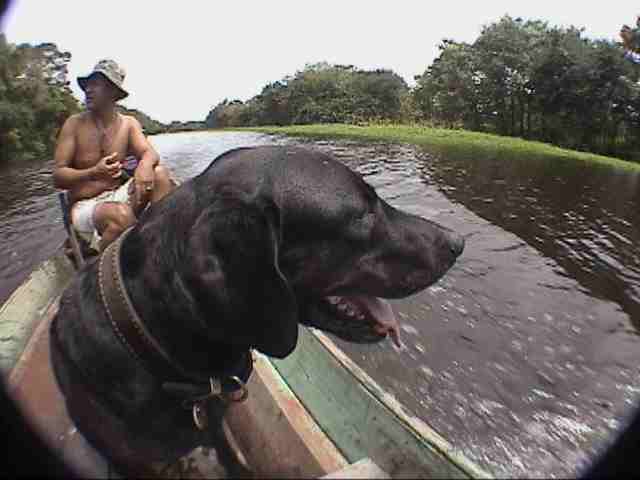
| "The canoe is the main way of transport." |
Climb of Pico da Neblina (the Peak of the Fog) From its top, you can't see anything. It is as if everything was in the clouds and that, below, there was only an abyss. The top of Brazil is very misty, a peak that justifies its the name: Fog. It is 3.014 meters of altitude. It demands adventurer spirit to climb it,along with patience and obstinacy. On one side, the exuberant green of the jungle. On the other, Venezuela. Civilization is very far away, one week distant.
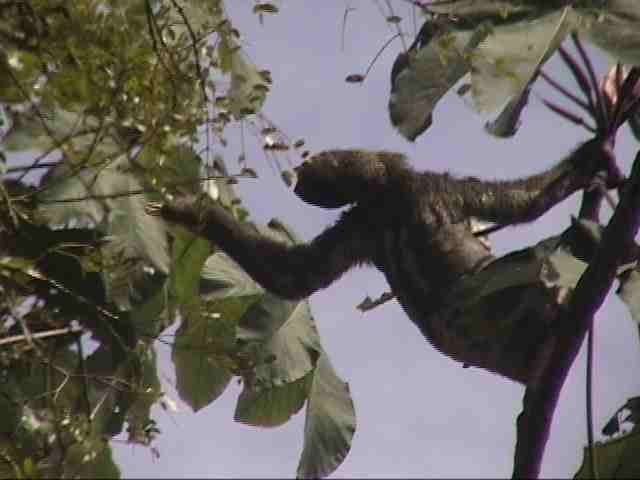
|
"A sloth! " |
National Park of Jaú - Located close to the Archipelago of Anavilhanas, the National Park of Jaú, is the largest forest reservation of South America. With 2,27 million hectares, the Park is bathed by Rio Preto's (Black river) dark waters. It shows an exuberant biological diversity and, still, animals in extinction, as the bull-fish and the ariranha. The National Park of Jaú is close to the municipal district of Novo (New) Airão and it is only possible to arrive there by boat.
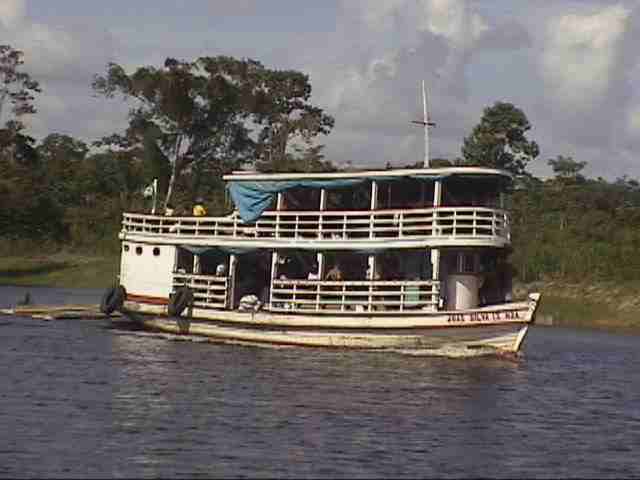
|
"The local bus." |
|
Tips by GUSTAVO VIVACQUA |
|
1.Get vaccined against yellow fever 10 days before departure. 2.Pay attention to time zone difference. There it is always less one hour there, compared to the rest of the country. In the summer it is less two hours there. (in case you are close to Manaus) 3.There are only 2 seasons: - Rainy, it corresponds to winter and it begins in the month of December, proceeding until May, raining practically every day. - Dry, when it rains less, corresponding to summer, going from June to November. The most critical month is September, when the temperature reaches the 40°C. 4. You can only reach to Manaus by airplane or boat. If you want to go by car, Trans-Amazonian highway is practically impossible to go through. But you can send your car in a boat to Belém. 5. Don't miss the jungle hotels that are in Rio Negro, like Ariaú. 6. Try the typical foods like the tacacá, fishes like the tambaqui, tucunaré and pirarucu. 7. You will witness the heaviest rains of the world and it almost rains every day, so, take spare clothes and impermeable clothes. 8. Don't visit indigenous villages without authorization of FUNAI (National Foudation for the Indian). It will guarantee your safety. The indians are the very masters of their properties and and are not so open to " non indians" contact, so be careful. 9. The cooles tribes to be visited are Ianomâmis and Waimi Atroari. The ianomâmis are the less influenced by our culture, and maybe for that the angriest with strange. When you meet one of them, say: "Xita! " ... it means "friend" in their language. Take plenty tobacco to give as gift, because they like to suck (instead of smoking)it. Never take alcoholic drinks to give, it is prohibited and you could be arrested. 10.If you are an adventurous guy the suggestion is to go up the Pico da Neblina. Go to São Gabriel da Cachoeiral, some days of boat trip going up Rio Negro and from there it begins 2 weeks of adventure, cold, jungle, humidity, jungle, jungle and jungle. In this area there are rebellious of the Colombian Rebellious Armed forces (FARC, in portuguese), besides some fights between Brazilian ianomâmis and Venezuelan ianomâmis. Also, there are also jaguars, alligators and anacondas(the largest snake of the world) of the size of a bus in the road. Good luck and have fun in the top of Brazil. |
CLICK HERE to send your tip
CLICK HERE TO SEE OTHER BRAZILIAN DESTINATIONS